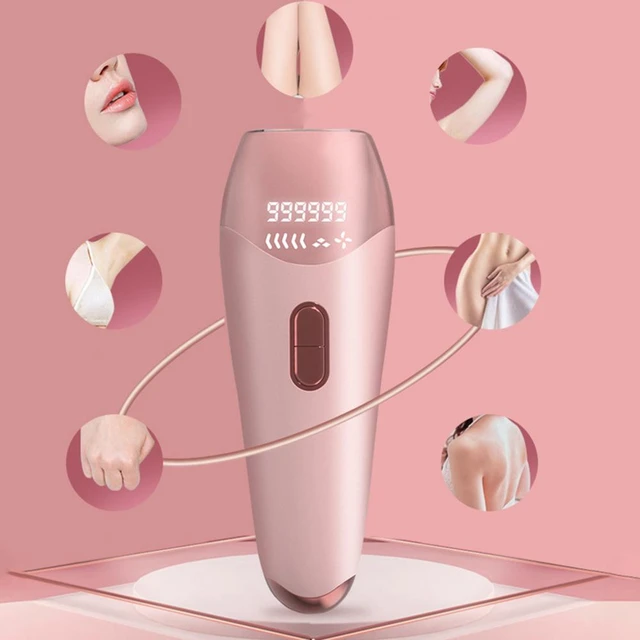
Is epilation permanent hair removal?
Introduction:
Epilation is a popular method of hair removal that offers longer-lasting results compared to shaving or using hair removal creams. However, it’s important to understand that epilation is not a permanent hair removal solution. While it may slow down hair regrowth and result in finer hair over time, it does not permanently eliminate hair follicles. In this guide, we will explore the concept of epilation as it relates to hair growth, the different stages of hair growth, and the factors that influence hair regrowth after epilation. By understanding these factors, you can have realistic expectations about the long-term effects of epilation.
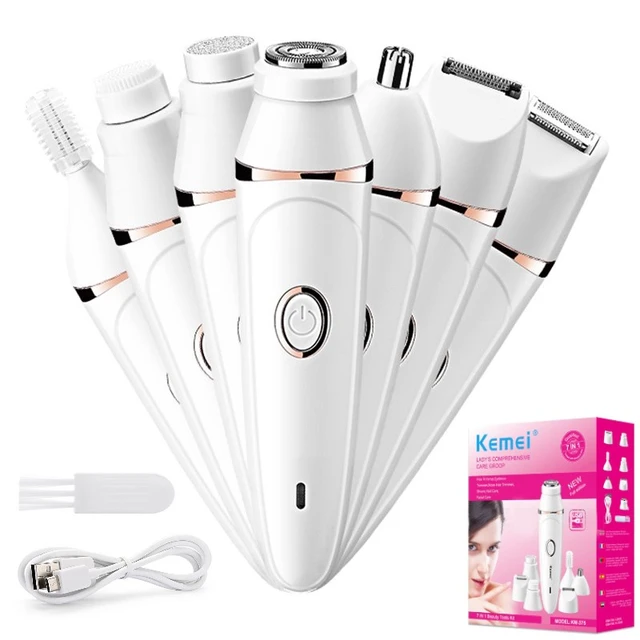
Is epilation permanent hair removal?
Understanding Hair Growth:
To understand why epilation is not considered permanent hair removal, it’s important to understand the basics of hair growth. Hair growth occurs in cycles that involve three main stages:
a. Anagen Phase: This is the active growth phase when hair follicles are producing new hair. The length of the anagen phase varies depending on genetic factors but can last anywhere from a few weeks to several years.
b. Catagen Phase: This is a transitional phase when the hair follicle shrinks and detaches from the blood supply. The catagen phase typically lasts for a few weeks.
c. Telogen Phase: This is the resting phase when the hair follicle is inactive. The old hair remains in place until it is pushed out by new hair growth. The telogen phase can last for several months.
After the telogen phase, the hair follicle re-enters the anagen phase, and the cycle starts again.
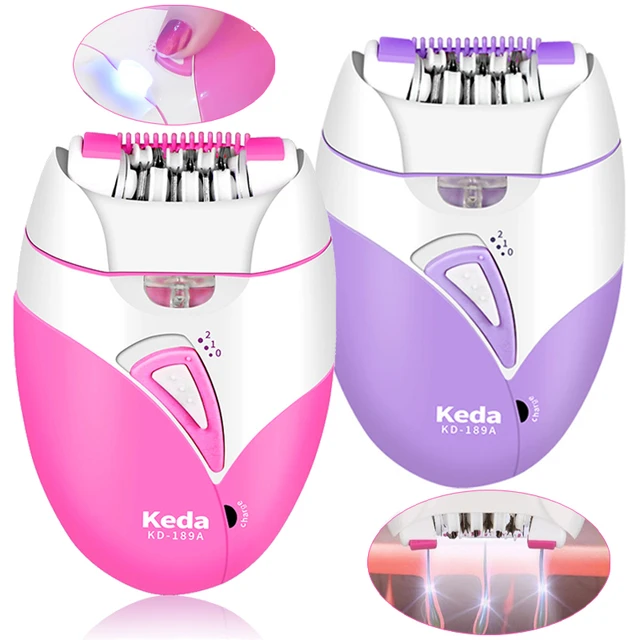
How Epilation Works:
Epilation is the process of removing hair from the root using an epilator device. The device grasps multiple hairs simultaneously and pulls them out from the follicles. This results in longer-lasting hair removal compared to shaving or trimming, where the hair is only removed at the surface level.
Hair Regrowth After Epilation:
Although epilation removes hair from the root, new hair will eventually grow back. The speed of hair regrowth and the appearance of the new hair can vary depending on several factors:
a. Hair Growth Cycle: Since hair grows in cycles, not all hair will be in the same growth phase at the time of epilation. Some hairs will be in the anagen phase and others in the telogen phase. This means that even after epilation, new hairs will continue to grow from follicles that were in the telogen phase during the epilation process.
b. Individual Hair Growth Rate: Each person’s hair growth rate is unique and can be influenced by factors such as genetics, hormones, age, and overall health. Some individuals may experience faster hair regrowth compared to others.
c. Hair Thickness and Color: The thickness and color of the regrowing hair may differ from the original hair. In some cases, the regrowth may appear finer and lighter in color.
d. Consistency of Epilation: Regular and consistent use of an epilator can lead to more prolonged periods between hair regrowth. Over time, some individuals may experience slower regrowth and finer hair due to repeated epilation.

Factors Influencing Hair Regrowth:
Several factors can influence the rate and appearance of hair regrowth after epilation:
a. Hormonal Factors: Hormonal changes, such as those that occur during puberty, pregnancy, or menopause, can affect hair growth patterns. Hormonal imbalances can lead to changes in hair thickness and regrowth rate.
b. Genetics: Hair growth patterns and regrowth rates can be influenced by genetics. Some individuals may have faster or slower hair regrowth based on their genetic predisposition.
c. Body Area: Hair regrowth rates can vary depending on the body area that is being epilated. For example, hair on the legs may regrow at a slower rate compared to hair on the face or underarms.
d. Epilation Technique: The technique used during epilation can also impact hair regrowth. Proper technique, such as holding the skin taut and moving the epilator against the direction of hair growth, can result in more effective hair removal and potentially slower regrowth.
Long-Term Effects of Epilation:
While epilation is not considered permanent hair removal, it can provide longer-lasting results compared to other methods. With regular and consistent use, some individuals may experience slower hair regrowth and finer hair over time. The exact long-term effects will vary depending on individual factors and the specific body area being treated.
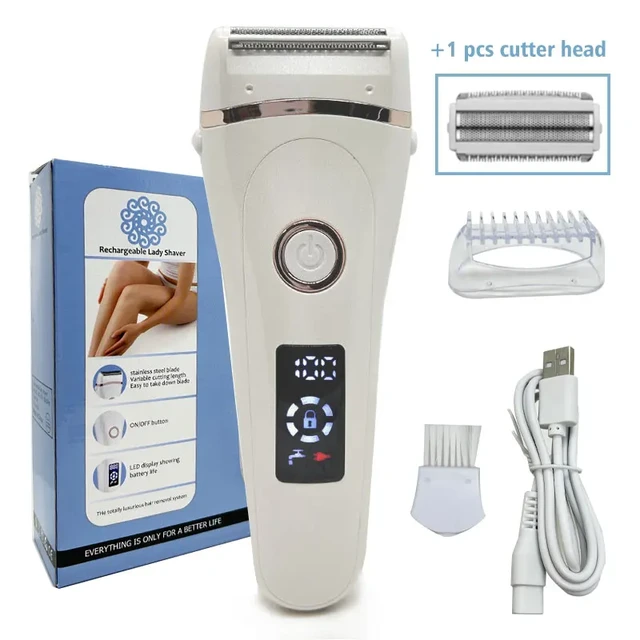
Other Hair Removal Options:
If you are looking for a more permanent solution to hair removal, there are alternative methods to consider:
a. Laser Hair Removal: Laser hair removal targets the hair follicles with concentrated light energy, damaging them and inhibiting future hair growth. Multiple sessions are typically required for optimal results.
b. Electrolysis: Electrolysis is a method that uses an electric current to destroy hair follicles individually. It is considered the only permanent hair removal method approved by the FDA.
c. Waxing: Waxing removes hair from the root, similar to epilation. However, unlike epilation, waxing involves applying warm wax to the skin and then removing it along with the hair. Waxing can provide longer-lasting results compared to shaving but is not considered permanent hair removal.
Aftercare and Skin Soothing:
After epilation, it’s essential to care for your skin to minimize any potential irritation or redness. Consider the following tips for post-epilation care:
a. Apply Aloe Vera Gel or Soothing Lotion: Apply a gentle, alcohol-free aloe vera gel or soothing lotion to the epilated areas. This helps to calm the skin, reduce redness, and provide hydration.
b. Avoid Harsh Products: Avoid using harsh soaps, exfoliators, or products containing alcohol on freshly epilated skin. These can further irritate the skin and cause discomfort.
c. Wear Loose Clothing: Opt for loose-fitting, breathable clothing after epilation to allow the skin to breathe and prevent friction or irritation.
d. Avoid Sun Exposure: Protect the epilated areas from sun exposure, particularly if they are more sensitive or prone to redness. Apply sunscreen or wear protective clothing to prevent any potential sunburn or further skin irritation.
e. Exfoliate Regularly: As mentioned earlier, regular exfoliation is crucial for preventing ingrown hairs. Use a gentle exfoliating scrub or brush to gently slough away dead skin cells and keep the hair follicles clear.
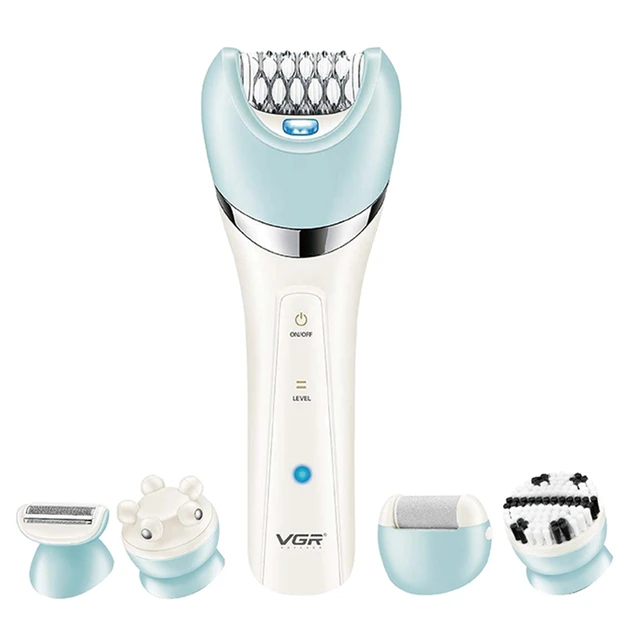
Conclusion:
Epilation is a method of hair removal that offers longer-lasting results compared to shaving or using hair removal creams. However, it is important to understand that epilation is not a permanent hair removal solution. Hair regrowth will occur over time as new hair follicles enter the growth phase. Factors such as the hair growth cycle, individual hair growth rate, and consistency of epilation can influence the appearance and speed of hair regrowth. For individuals seeking more permanent hair removal, options such as laser hair removal or electrolysis may be worth considering. It’s important to have realistic expectations regarding the long-term effects of epilation and choose the hair removal method that best suits your individual needs.





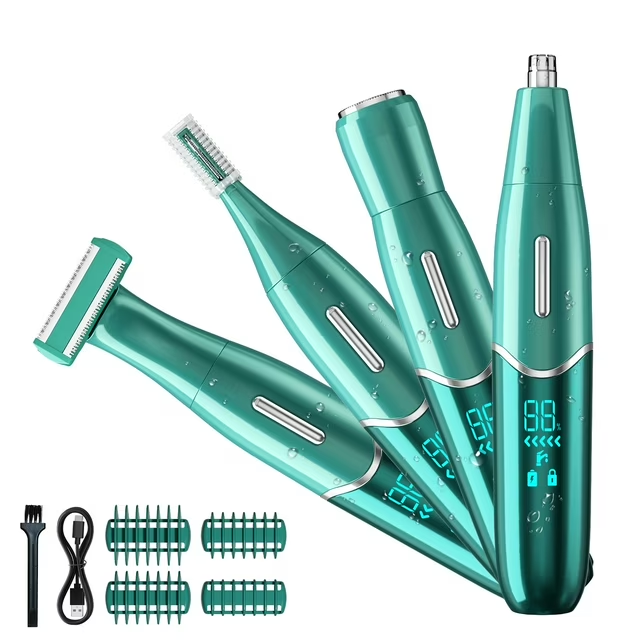

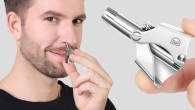
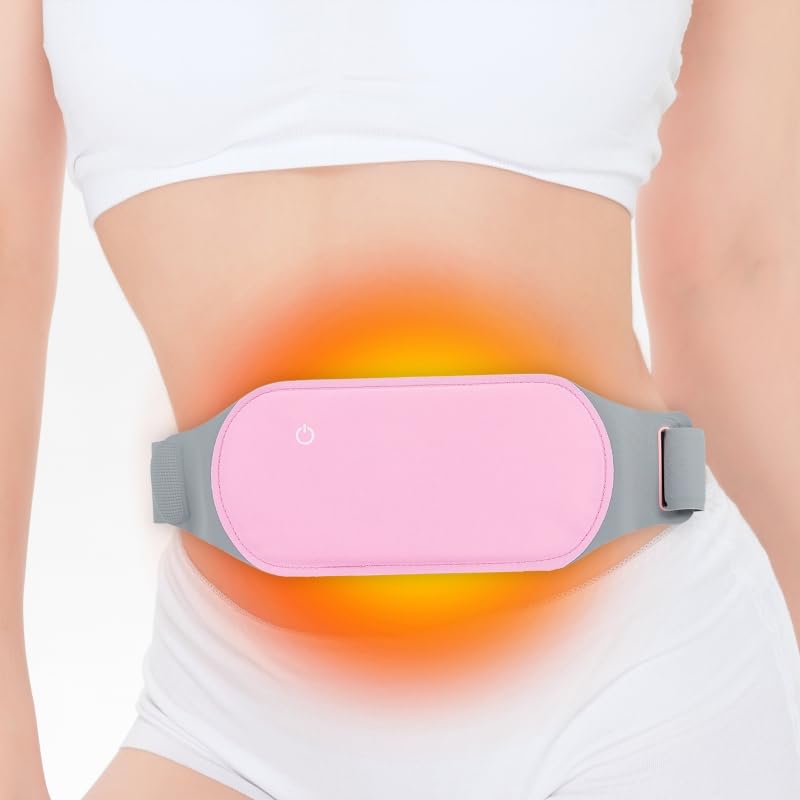

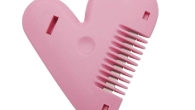
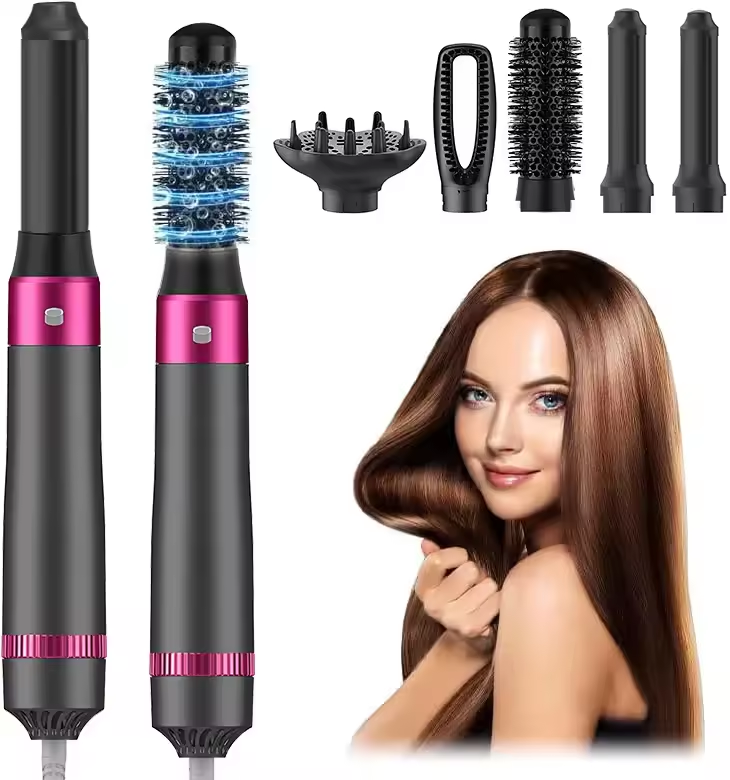
Leave a Reply
You must be logged in to post a comment.